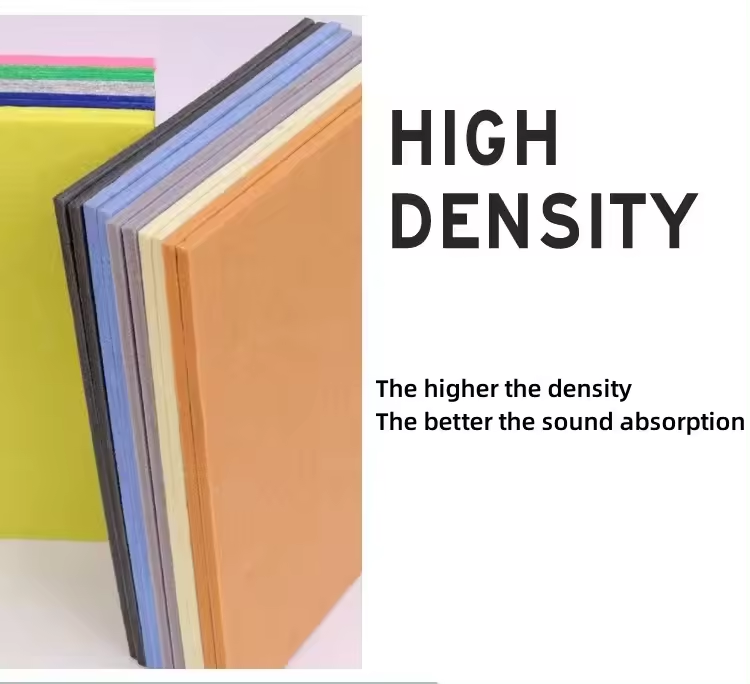The Float Glass Production Line A Comprehensive Overview
Float glass production is a vital process in the manufacturing of high-quality glass that meets various industrial and commercial needs. This method, invented in the 1950s by Sir Alastair Pilkington, revolutionized the glass-making industry by allowing for the production of flat glass with minimal distortions and a uniform thickness. The float glass production line integrates several advanced technologies and equipment to ensure precision, efficiency, and sustainability in glass manufacturing.
The Float Glass Process
The float glass process involves several key stages melting, floating, annealing, and cutting. Each phase is critical to producing the final product, which typically serves purposes ranging from architectural applications to automotive uses.
1. Melting The first step in the float glass production line begins with the melting of raw materials, primarily silica sand, soda ash, and limestone. These materials are mixed and heated in a furnace at temperatures exceeding 1,600°C (about 2,912°F). The high heat transforms the raw materials into a molten glass mixture, which must be of consistent quality to ensure a smooth production process.
2. Floating Once the glass is molten and homogeneous, it is carefully poured onto a bed of molten tin in a horizontal float bath. The greater density of tin causes the glass to float, spreading it out evenly into a flat, continuous ribbon. This floating process eliminates bubbles and imperfections, creating a smooth surface on both sides of the glass. The thickness of the glass can be adjusted by controlling the amount of molten glass poured onto the tin.
3. Annealing After the glass ribbon has formed, it is gradually cooled in an annealing lehr, where it undergoes a controlled cooling process. This step is crucial as it relieves internal stresses and ensures uniform thickness and stability, which are essential for the glass's overall performance and durability.
4. Cutting Following the annealing process, the glass is cut into desired sizes and shapes. Advanced cutting techniques, including laser and diamond-cutting technology, ensure precision in dimensions. The cutting stage is often followed by a quality inspection to ensure that all glass sheets meet the required standards for clarity, thickness, and structural integrity.
float glass production line
Advances in Float Glass Technology
Recent innovations in the float glass production line have focused on enhancing efficiency, reducing energy consumption, and promoting environmental sustainability. Modern furnaces are designed to optimize heat recovery and minimize emissions, significantly lowering the environmental footprint of glass manufacturing. Additionally, advancements in automation and control systems allow for real-time monitoring and adjustments throughout the production line, improving overall product quality and consistency.
Another notable trend is the increased use of recycled glass, known as cullet, in the melting process. Using cullet not only conserves raw materials but also reduces the energy requirements of the melting stage, making the process more eco-friendly. Many float glass manufacturers are now committed to using a substantial percentage of recycled content in their products, symbolizing a shift towards more sustainable manufacturing practices.
Applications of Float Glass
Float glass's versatility makes it suitable for a multitude of applications. It is widely used in construction for windows, facades, and glass doors. In the automotive industry, float glass is essential for windshields and windows. Furthermore, it serves decorative purposes in furniture and art, and is an integral component of electronic devices, especially in screens.
Conclusion
The float glass production line represents a sophisticated blend of technology and craftsmanship that facilitates the mass production of high-quality glass. With ongoing advancements aimed at sustainability and efficiency, the future of float glass manufacturing looks promising, ensuring it remains a cornerstone of modern industry. As demand for glass products continues to rise, the float glass production line will evolve, adapting to new challenges and opportunities, ultimately shaping the way we build and interact with our environment.
 Afrikaans
Afrikaans  Albanian
Albanian  Amharic
Amharic  Arabic
Arabic  Armenian
Armenian  Azerbaijani
Azerbaijani  Basque
Basque  Belarusian
Belarusian  Bengali
Bengali  Bosnian
Bosnian  Bulgarian
Bulgarian  Catalan
Catalan  Cebuano
Cebuano  Corsican
Corsican  Croatian
Croatian  Czech
Czech  Danish
Danish  Dutch
Dutch  English
English  Esperanto
Esperanto  Estonian
Estonian  Finnish
Finnish  French
French  Frisian
Frisian  Galician
Galician  Georgian
Georgian  German
German  Greek
Greek  Gujarati
Gujarati  Haitian Creole
Haitian Creole  hausa
hausa  hawaiian
hawaiian  Hebrew
Hebrew  Hindi
Hindi  Miao
Miao  Hungarian
Hungarian  Icelandic
Icelandic  igbo
igbo  Indonesian
Indonesian  irish
irish  Italian
Italian  Japanese
Japanese  Javanese
Javanese  Kannada
Kannada  kazakh
kazakh  Khmer
Khmer  Rwandese
Rwandese  Korean
Korean  Kurdish
Kurdish  Kyrgyz
Kyrgyz  Lao
Lao  Latin
Latin  Latvian
Latvian  Lithuanian
Lithuanian  Luxembourgish
Luxembourgish  Macedonian
Macedonian  Malgashi
Malgashi  Malay
Malay  Malayalam
Malayalam  Maltese
Maltese  Maori
Maori  Marathi
Marathi  Mongolian
Mongolian  Myanmar
Myanmar  Nepali
Nepali  Norwegian
Norwegian  Norwegian
Norwegian  Occitan
Occitan  Pashto
Pashto  Persian
Persian  Polish
Polish  Portuguese
Portuguese  Punjabi
Punjabi  Romanian
Romanian  Russian
Russian  Samoan
Samoan  Scottish Gaelic
Scottish Gaelic  Serbian
Serbian  Sesotho
Sesotho  Shona
Shona  Sindhi
Sindhi  Sinhala
Sinhala  Slovak
Slovak  Slovenian
Slovenian  Somali
Somali  Spanish
Spanish  Sundanese
Sundanese  Swahili
Swahili  Swedish
Swedish  Tagalog
Tagalog  Tajik
Tajik  Tamil
Tamil  Tatar
Tatar  Telugu
Telugu  Thai
Thai  Turkish
Turkish  Turkmen
Turkmen  Ukrainian
Ukrainian  Urdu
Urdu  Uighur
Uighur  Uzbek
Uzbek  Vietnamese
Vietnamese  Welsh
Welsh  Bantu
Bantu  Yiddish
Yiddish  Yoruba
Yoruba  Zulu
Zulu 

